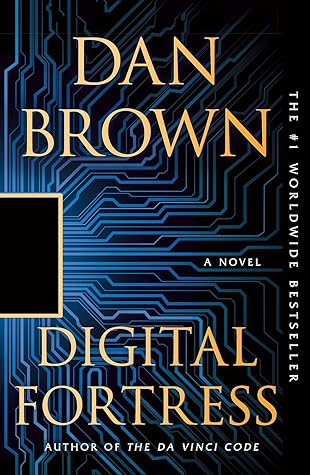Five years, half a million man-hours, and $1.9 billion later, the NSA proved it once again.
Five years, half a million man-hours, and $1.9 billion later, the NSA proved it once again. The last of the three million stamp-size processors was hand-soldered in place, the final internal programming was finished, and the ceramic shell was welded shut. TRANSLTR had been born.
Although the secret internal workings of TRANSLTR were the product of many minds and were not fully understood by any one individual, its basic principle was simple: Many hands make light work.
Its three million processors would all work in parallel—counting upward at blinding speed, trying every new permutation as they went. The hope was that even codes with unthinkably colossal passkeys would not be safe from TRANSLTR’s tenacity. This multibillion-dollar masterpiece would use the power of parallel processing as well as some highly classified advances in cleartext assessment to guess pass-keys and break codes. It would derive its power not only from its staggering number of processors but also from new advances in quantum computing—an emerging technology that allowed information to be stored as quantum-mechanical states rather than solely as binary data.


